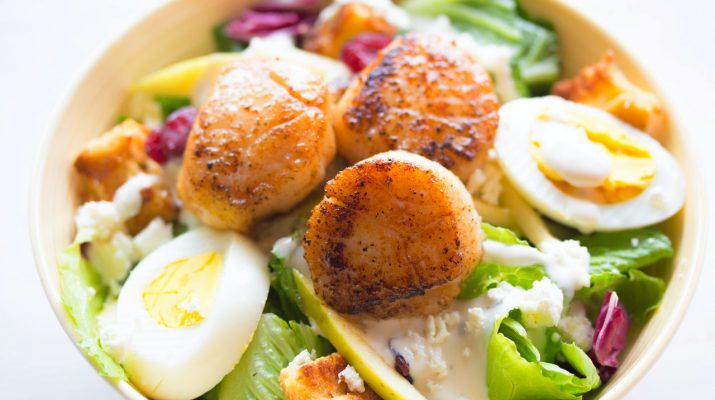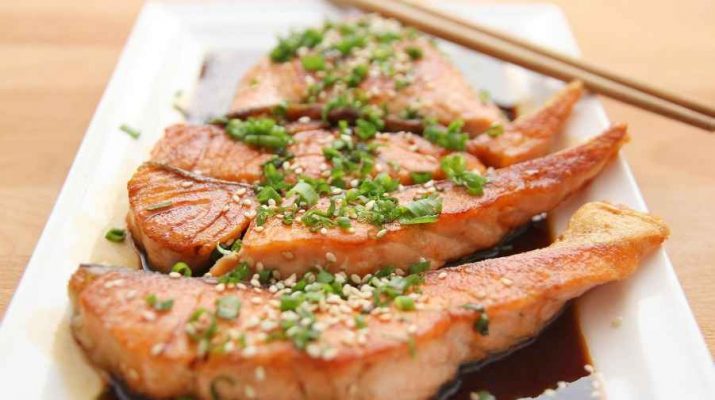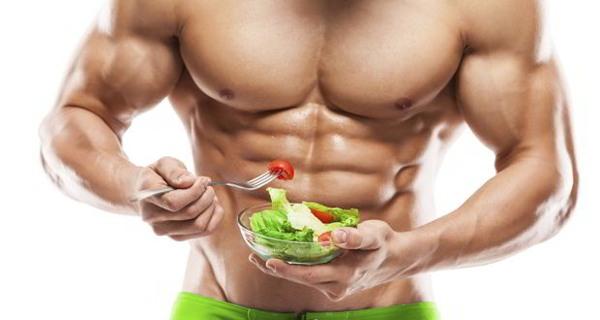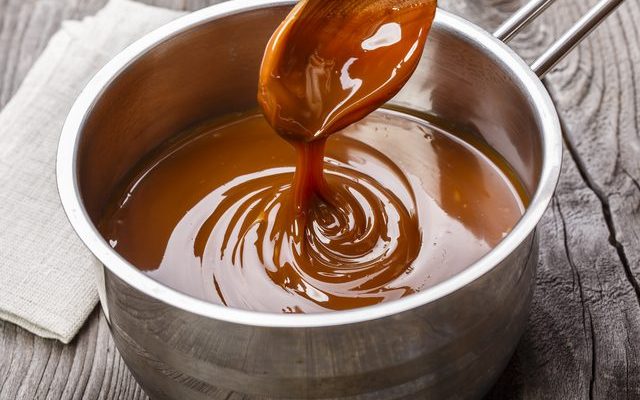Poolish is a pre- ferment used in pizza dough to enhance flavor and texture. It’s a mixture of flour, water, and yeast that is allowed to ferment for several hours before being incorporated into the final dough. However, the hydration level of your poolish can have a big impact on the final result of your pizza dough, and different types of pizza may require different hydration levels. In this article, we’ll explore how to adjust poolish hydration for different types of pizza.
First, let’s define what we mean by “hydration”. Hydration refers to the ratio of water to flour in your poolish. A higher hydration poolish will have more water, resulting in a wetter and more extensible dough. A lower hydration poolish will have less water, resulting in a drier and more elastic dough.
For a classic Neapolitan- style pizza, which is traditionally thin and crispy with a slightly chewy texture, a high hydration poolish of around 70- 75% is typically used. This high hydration level helps to create a dough that is easy to stretch and shape by hand, resulting in a thin and crispy crust.
For a New York-style pizza, which is typically thicker and chewier than Neapolitan- style, a lower hydration poolish of around 60- 65% may be used. This lower hydration level results in a more elastic dough and is easier to handle, allowing for a thicker crust.
A higher hydration poolish of around 75- 80% may be used for a gluten-free pizza. This high hydration level helps create a more pliable dough and is easier to shape, as gluten-free flour can be more difficult to work with.
When adjusting the hydration level of your poolish, it’s important to remember that it may take some trial and error to find the perfect hydration level for your desired pizza crust. Start by experimenting with small adjustments to the water or flour in your poolish and see how it affects the final dough.
In conclusion, adjusting poolish hydration for different types of pizza can be a key factor in achieving your pizza crust’s desired texture and flavor. By understanding the role of hydration in your poolish and experimenting with different hydration levels, you can create a delicious pizza crust that is perfectly suited to your tastes and preferences. So go ahead and experiment with different hydration levels in your poolish, and enjoy the delicious results! Check here Poolish Pizza Dough Calculator.







